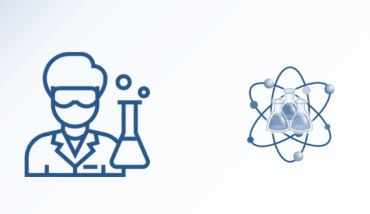The life cycle of the research project
The purpose of the course is to provide knowledge about the main stages of the idea implementation, planning and execution of the experimental part of a scientific project (preparation phase, selection and setting of methods, design and planning of individual experiments, expansion of project to study the molecular mechanisms underlying the obtained biological effects). The practical part will include the preparation of a project according to one's own idea, but with invented results that confirm the idea. The basic skills and abilities necessary for successful research include the use of laboratory equipment, experimental design, preparation of the solutions, selection of the conditions for determination of enzyme activities, filling the lab notebook as well as preparation of scientific reports and a manuscript. All these issues will be addressed during the course. Practical classes will include video demonstrations of the laboratory work and experiments.
The main stages of the implementation of a scientific project are considered. Namely, from the emergence and verification of an idea to the publication of an article based on the results of a complex study, are considered.
Interesting effects obtained during scientific research can be used to generate a hypothesis. A logical and consistent development of a hypothesis can lead to interesting discoveries.
Graphic presentation of research results. Comparison of groups and description of effects. Formation of conclusions.
Description of homogenization equipment. Technology and rules for conducting homogenization, followed by obtaining the supernatant. Preparation of calibration curve for determination of protein concentration. Determination of the optical density of calibration and test samples. Calculation of protein concentration according to the calibration graph.
Preparation of the mixture to determine enzyme activity. Theoretical aspects of work, compliance with rules. Direct determination of the change in the optical density of the reaction mixture.
Reagents from the supplier's catalog/website and bottles
Preparation of solutions
Tasks:
- Calculate the amount of reagents to prepare the solutions
Rules for working with equipment
Filling in the labbook
Weighing reagents
Working in a team
Tasks:
- Fill in the labbook for the day of work
Types of graphs and their use
Tasks:
- Preparing graphs for different experiments (different groups, time dynamics, concentrations, two-factor)
Determination of measurement conditions and medium composition
Calculation of stock solutions
Tasks:
- Calculate stock solutions for the preparation of the activity determination mixture
- Prepare media of different volumes
Selection of supernatant volumes
Calculation of activity
Tasks:
- Determination of the linear range
- Calculation of enzyme activity based on changes in optical density (per μL of supernatant or protein)



